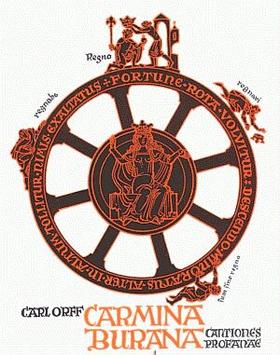A unique music premiere in support of this year’s BBC ‘Children in Need’ appeal will take place in the new Colyer-Ferguson Hall this Thursday at 1.10pm.
 Combining the sixtieth anniversary of John Cage’s silent, yet controversial, musical masterpiece, 4’ 33’’, the event encourages audience participants to use their mobile phone ringtone as part of the one-of-a-kind performance. Each of the three movements will see participants ‘playing’ a different ring-tone from their mobile phone.
Combining the sixtieth anniversary of John Cage’s silent, yet controversial, musical masterpiece, 4’ 33’’, the event encourages audience participants to use their mobile phone ringtone as part of the one-of-a-kind performance. Each of the three movements will see participants ‘playing’ a different ring-tone from their mobile phone.
Three Movements in Ring-Tonality, written by your loyal correspondent, is both homage to Cage’s piece and an unusual opportunity to make music using an instrument normally banned from the concert-hall. It’ll be a terrific opportunity to raise money for a worthy cause, as well as to pay tribute to Cage’s masterwork in a novel manner that will make musicians of everyone who takes part.
The annual fund-raising event for Children in Need is a special part of our calendar and this year is even more exciting as we will be giving a world première in our brand-new concert-hall.
Come along; bring your mobile-phone (and a donation!) and prepare for the unexpected…






 To be held in Darwin’s Missing Link, the shows will include songs from Spam-a-lot, Hairspray, Shrek: The Musical, Chicago and many more.
To be held in Darwin’s Missing Link, the shows will include songs from Spam-a-lot, Hairspray, Shrek: The Musical, Chicago and many more.
 Tonight, we’ll be getting to grips with Handel’s Coronation Anthem The King Shall Rejoice and Orff’s riotous Carmina Burana with the Chorus – both pieces will feature in the Grand Gala concert which will officially launch the new music building at the inaugural concert in December (details online
Tonight, we’ll be getting to grips with Handel’s Coronation Anthem The King Shall Rejoice and Orff’s riotous Carmina Burana with the Chorus – both pieces will feature in the Grand Gala concert which will officially launch the new music building at the inaugural concert in December (details online 

